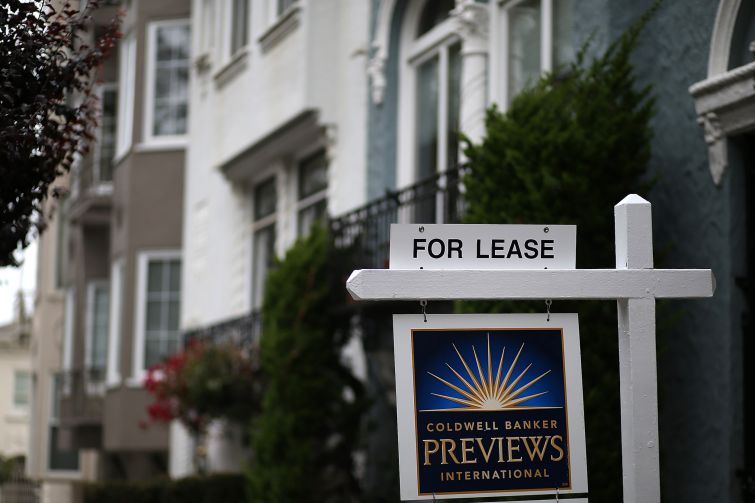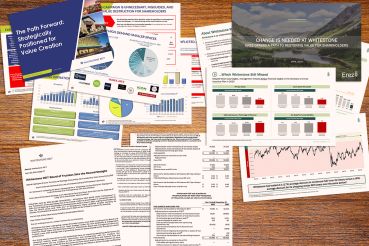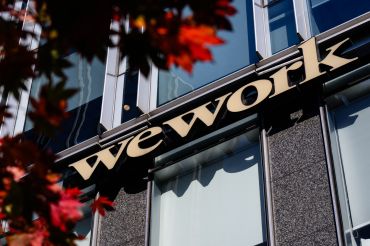U.S. Rental Segment Boosted by Affordability and Flexibility Trends
By Michael Lucarelli January 22, 2024 8:10 am
reprints
The United States rental market continues to be a story of fluctuation, adaptation, new possibilities and expansion.
The preceding year saw a cooling trend after the surge in rents during 2021 and early 2022, bringing relief for tenants nationwide. The once soaring year-over-year rent growth has taken a dip, currently standing at a negative 1.1 percent nationwide, marking the first time this metric has ventured into negative territory since the early days of the global pandemic.
The rent shift is not solely a result of economic factors but is also due to supply and demand dynamics. Stagnating household formations due to higher housing costs, inflation worries and economic uncertainties contributed to the market’s slowdown. Simultaneously, a historic boom in multifamily construction added to the supply side, resulting in a national vacancy index that has stayed at around 6.4 percent – slightly higher than the 2019 average, and in turn creating downward pressure on rents.
Southern California, one of the nation’s largest real estate markets, has witnessed a similar trend. Asking rents in the region have trended down, offering some relief for apartment seekers. However, the median rent in Los Angeles still stands at $2,795 a month, emphasizing that affordability remains a pervasive concern in the state, as well as in other high-demand areas.
Looking ahead, construction data from the Census Bureau paints a picture of continued supply growth in multifamily units throughout 2024. With 1 million new units under construction, completions are expected to peak, making 2024 a landmark year for new multifamily supply. However, developers are already adjusting to the current higher interest rate environment, with new building permits on the decline. Due to this increased competition from new inventory in 2024, renters are likely to benefit from greater choices and concessions as multifamily operators brace for the influx of completed projects.
Given pervasive affordability issues across the nation – a combination of record-high housing prices and high mortgage rates – many residents remain in the rental market for longer than they may have in the past. Yet, in an increasing number of cases, renting is becoming a choice as a stepping stone to greater financial health.
In years past, homebuyers in the U.S. benefited from lower housing payments than renters. From 2011 to 2020, the monthly mortgage payment was about 12 percent lower than rent for a comparable home. This equation has been turned upside down given the consistent increase of home values. Today, renting is an estimated 52 percent cheaper than buying in most markets. And while consensus data points to lower mortgage rates in 2024, the decline won’t be enough to change the prevalent dynamics in the for-sale segment.
Demand for the rental segment is also likely to be buoyed by the prevailing hybrid work environment, a defining feature of the post-pandemic landscape. Office vacancies across the country hit all-time highs in the fourth quarter of last year, according to Moody’s Analytics data, as companies continue to shrink their physical footprint. With a significant portion of the workforce continuing to enjoy flexibility, the demand for rental properties offering spaces conducive to both work and home life is set to rise.
In summary, the 2024 rental market – a direct reflection of economic and societal shifts – is likely to continue to increase in its relevance and importance as affordability challenges and increased flexibility will remain the dominant trends this year and beyond.
Michael Lucarelli is the CEO and co-founder of RentSpree.


